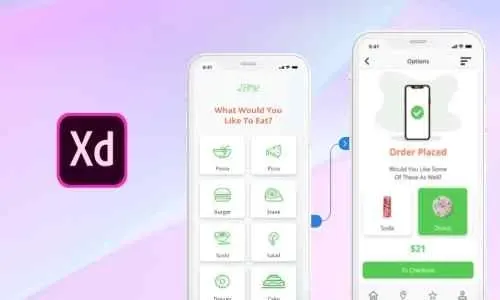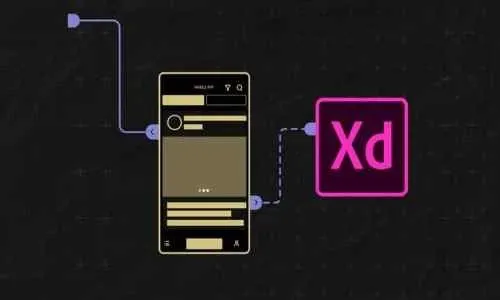



 Tech & IT
Tech & IT
 Business
Business
 Coding & Developer
Coding & Developer
 Finance & Accounting
Finance & Accounting
 Academics
Academics
 Office Applications
Office Applications
 Art & Design
Art & Design
 Marketing
Marketing
 Health & Wellness
Health & Wellness
 Sounds & Music
Sounds & Music
 Lifestyle
Lifestyle
 Photography
Photography
More Learnfly
Business Solution Become an InstructorUsability testing is a method for evaluating a product by observing real users interact with it. It helps identify user experience issues, assesses the product's effectiveness, and informs design improvements to enhance overall usability and satisfaction.












Learn more topics in various categories at one place. Explore unlimited courses in other categories and up-skill yourself today.

 Jazeb Akram
Jazeb Akram 4.2 771056 Beginner Level

 John Hedengren
John Hedengren 4.1 568974 All Level

 Ranjan Pandey
Ranjan Pandey 4.1 346663 All Level

 Muhammad Ahsan Pervaiz
Muhammad Ahsan Pervaiz 4.2 101264 All Level

 Pieter Vliegenthart
Pieter Vliegenthart 4.6 100853 All Level

 Jerome P.
Jerome P. 4.8 100774 All Level

 Vikas Munjal
Vikas Munjal 4.8 100008 Beginner Level

 Senol Atac
Senol Atac 4.9 99986 All Level

 Avinash A
Avinash A 4.8 99903 All Level

 Prerak Mehta
Prerak Mehta34 Lectures
.jpg)
 Thilak Sundaram
Thilak Sundaram27 Lectures

 Vijay Kumar
Vijay Kumar5 Lectures

 Yu-kai Chou
Yu-kai Chou21 Lectures

 Aleksandar Čučuković
Aleksandar Čučuković128 Lectures

 Juan Galvan
Juan Galvan109 Lectures

 Abhilash Nelson
Abhilash Nelson29 Lectures

 Muhammad Ahsan Pervaiz
Muhammad Ahsan Pervaiz60 Lectures

 Muhammad Ahsan Pervaiz
Muhammad Ahsan Pervaiz84 Lectures

 Muhammad Ahsan Pervaiz
Muhammad Ahsan Pervaiz42 Lectures
Usability Testing is a method used in user experience (UX) design to evaluate a product's effectiveness by observing how real users interact with it. The goal is to identify any usability issues, gather feedback, and make improvements to enhance the overall user experience.
Usability Testing is crucial for ensuring that a product meets user expectations and is easy to use. By directly observing users' interactions, designers can identify issues, validate design decisions, and make informed improvements to enhance usability.
The process typically involves defining objectives, creating test scenarios, recruiting participants, conducting the tests, collecting feedback, and analyzing results. Iterative testing allows designers to refine the product based on user insights.
Yes, Usability Testing can be conducted both in-person and remotely. Remote testing, facilitated through online platforms or video conferencing, allows testers to participate from different locations, providing a broader and more diverse range of user feedback.
Usability Testing can be conducted at various stages of the design process, from early prototypes to fully functional products. It is beneficial to conduct tests iteratively, allowing designers to gather feedback and make improvements throughout the design and development lifecycle.






